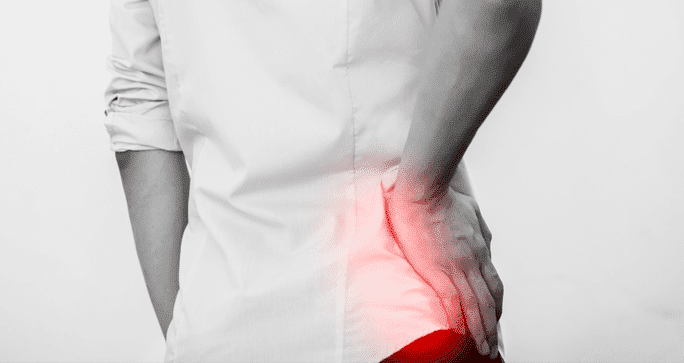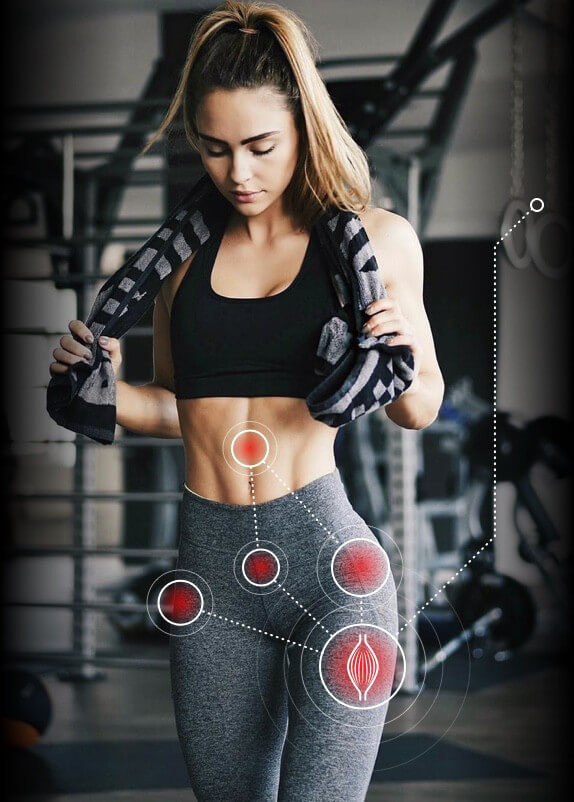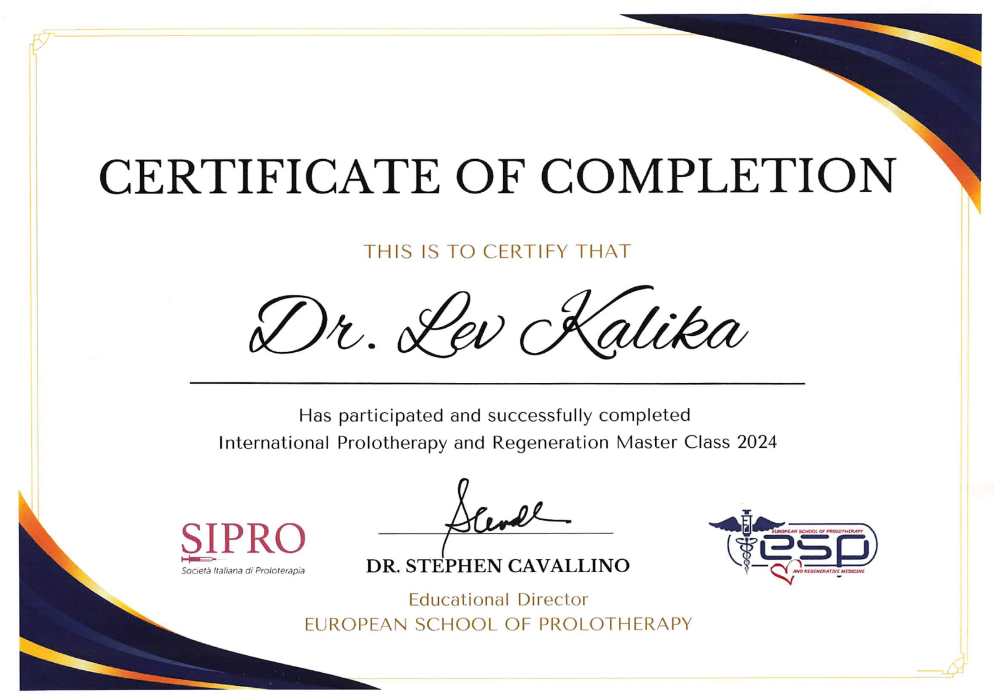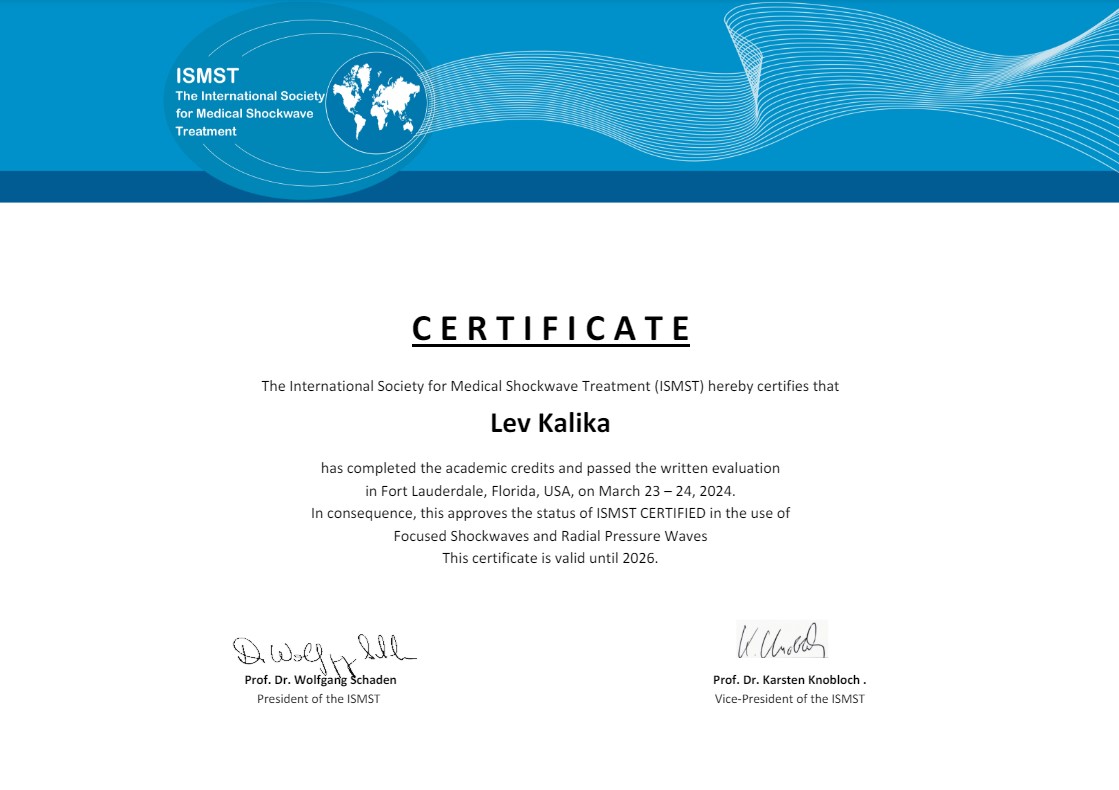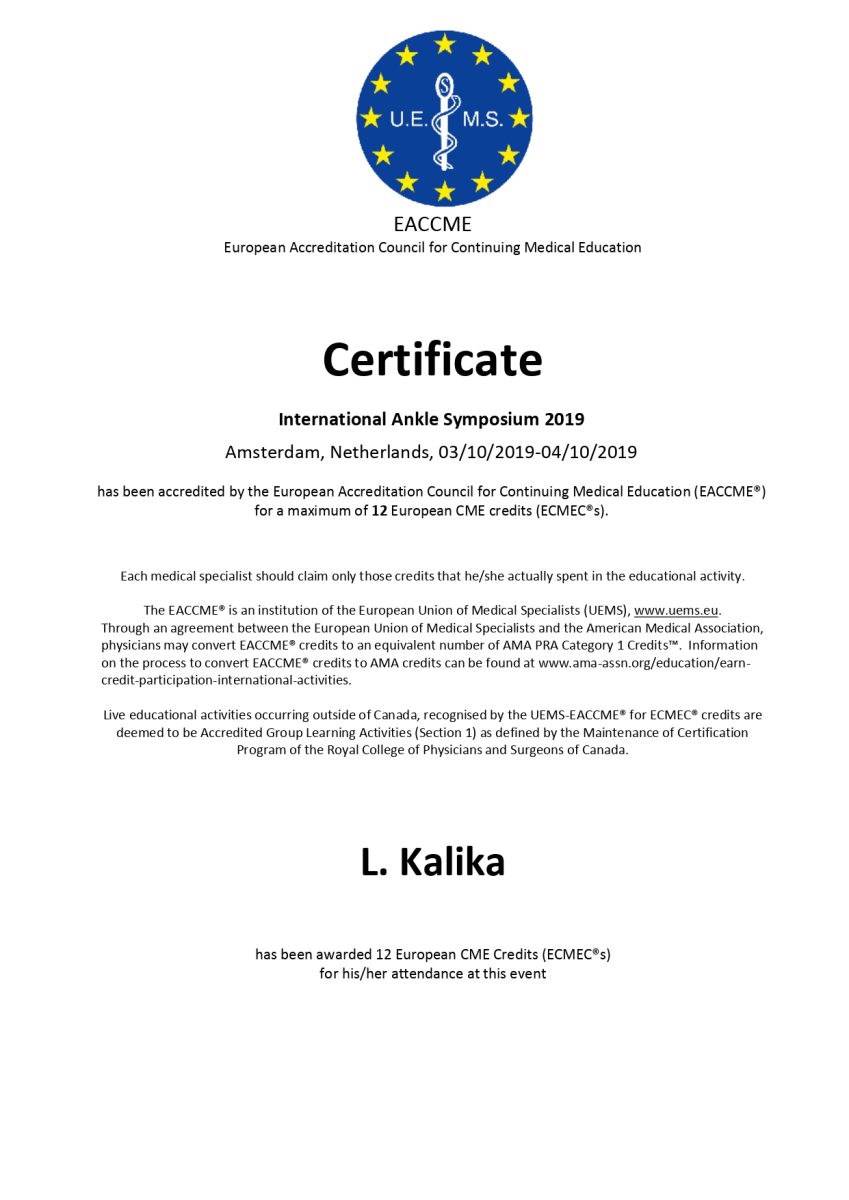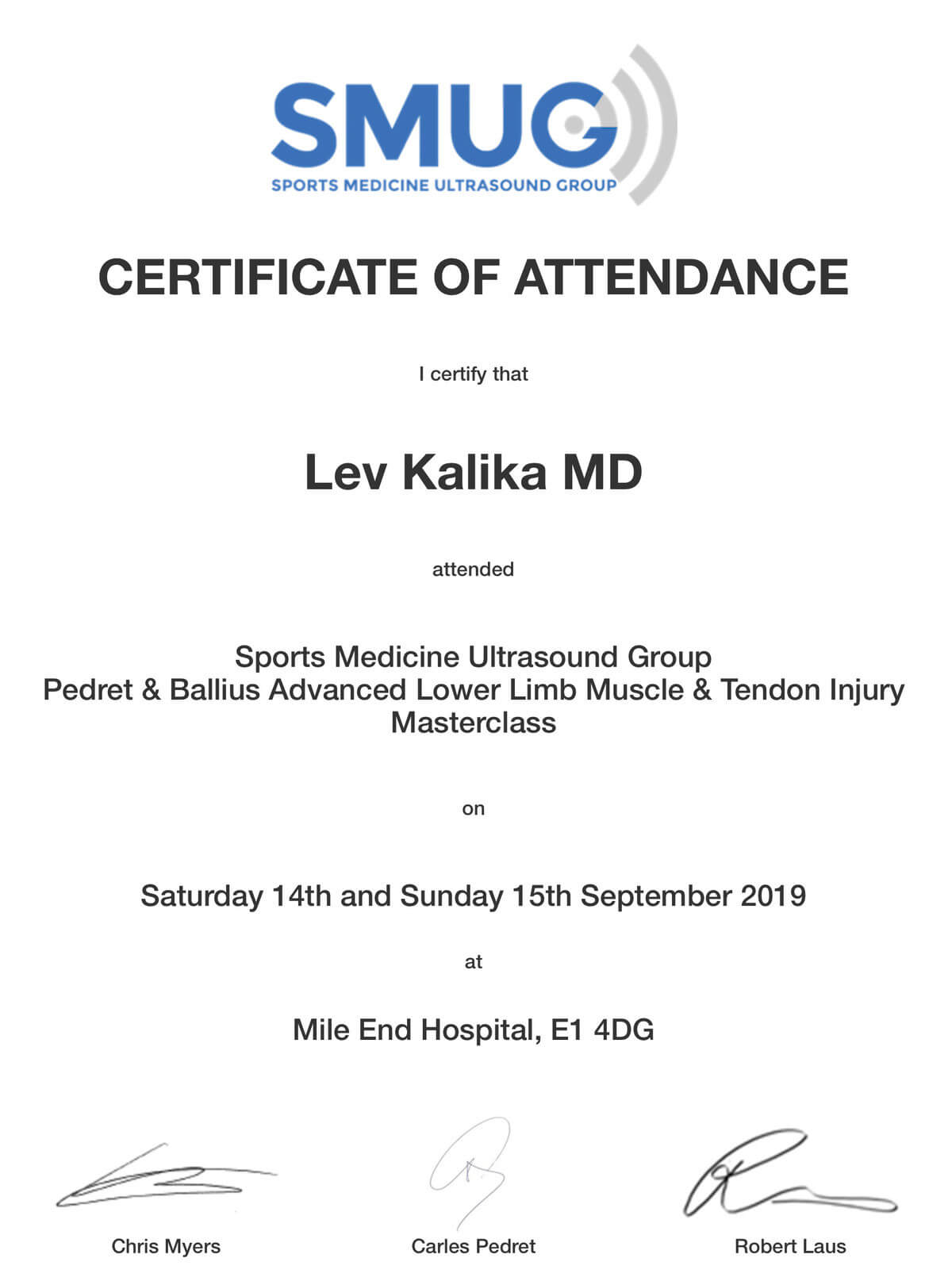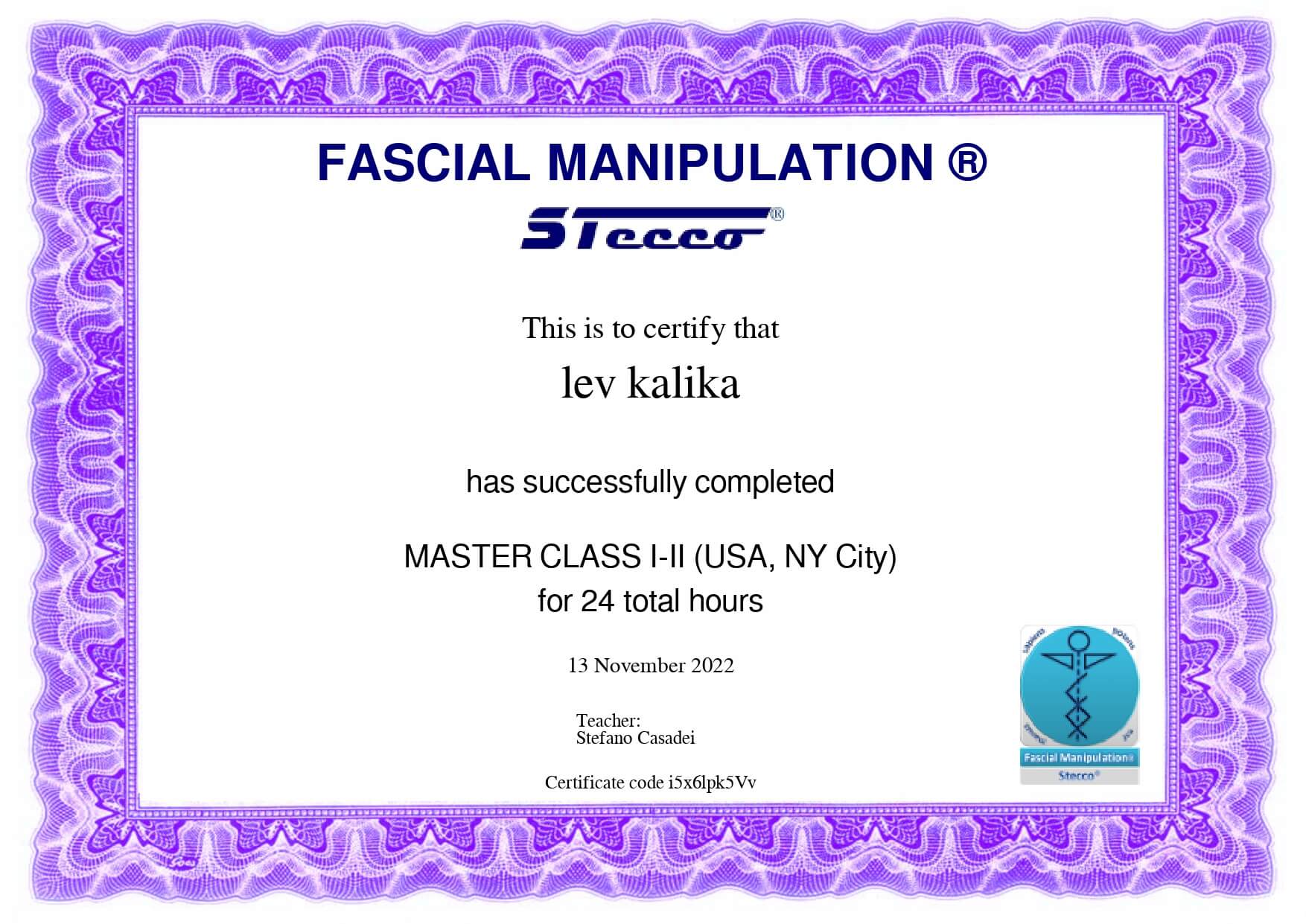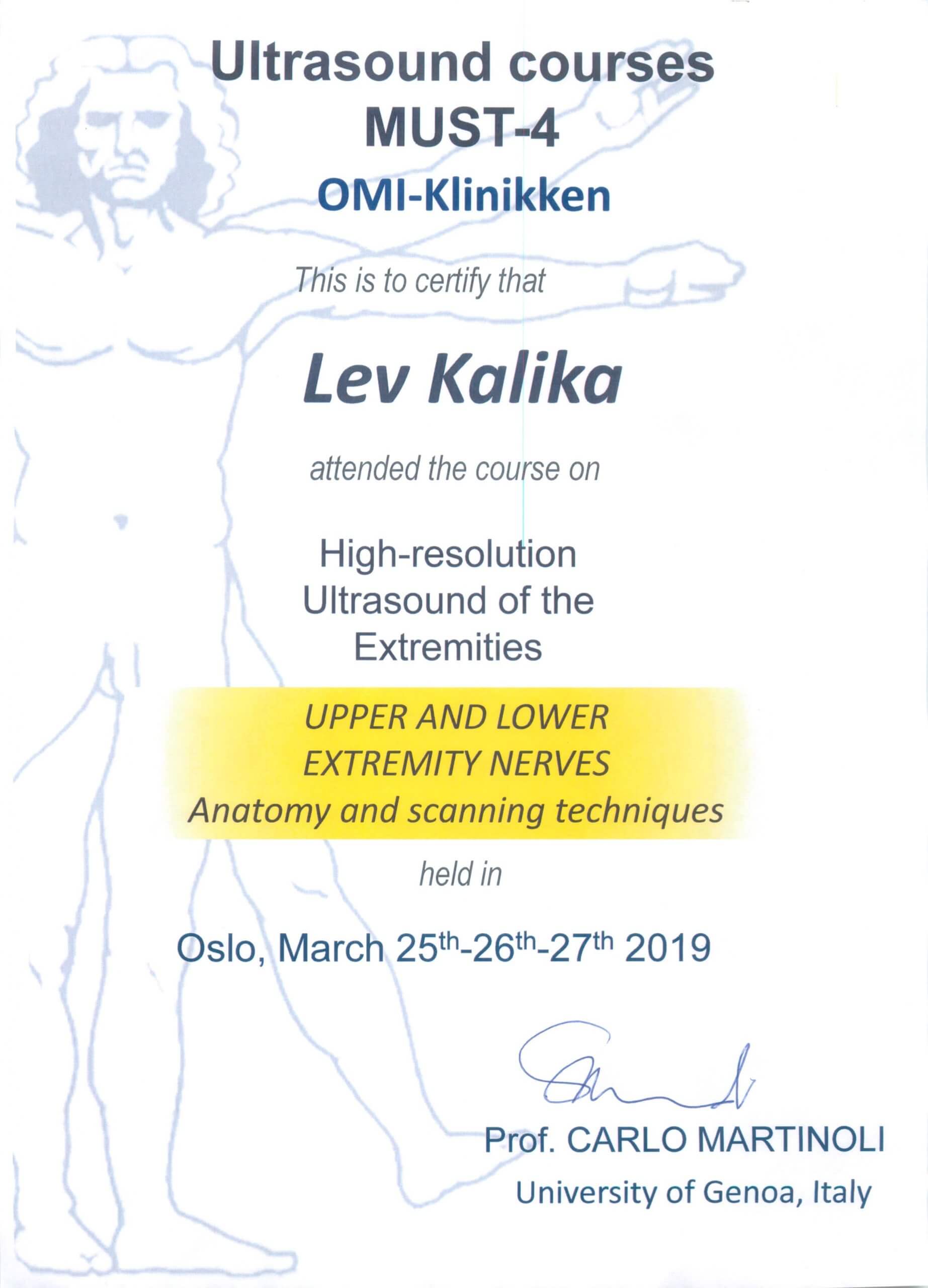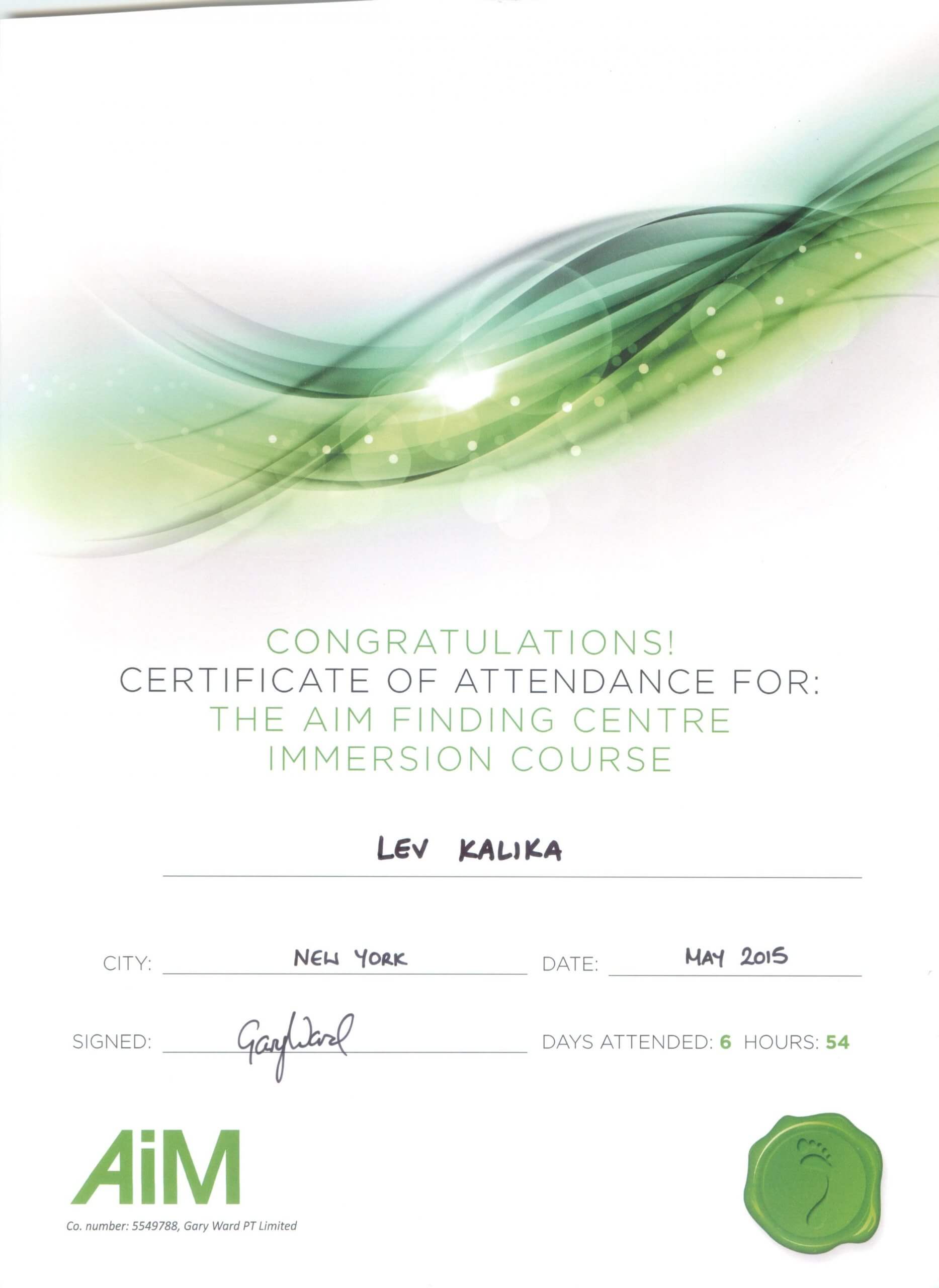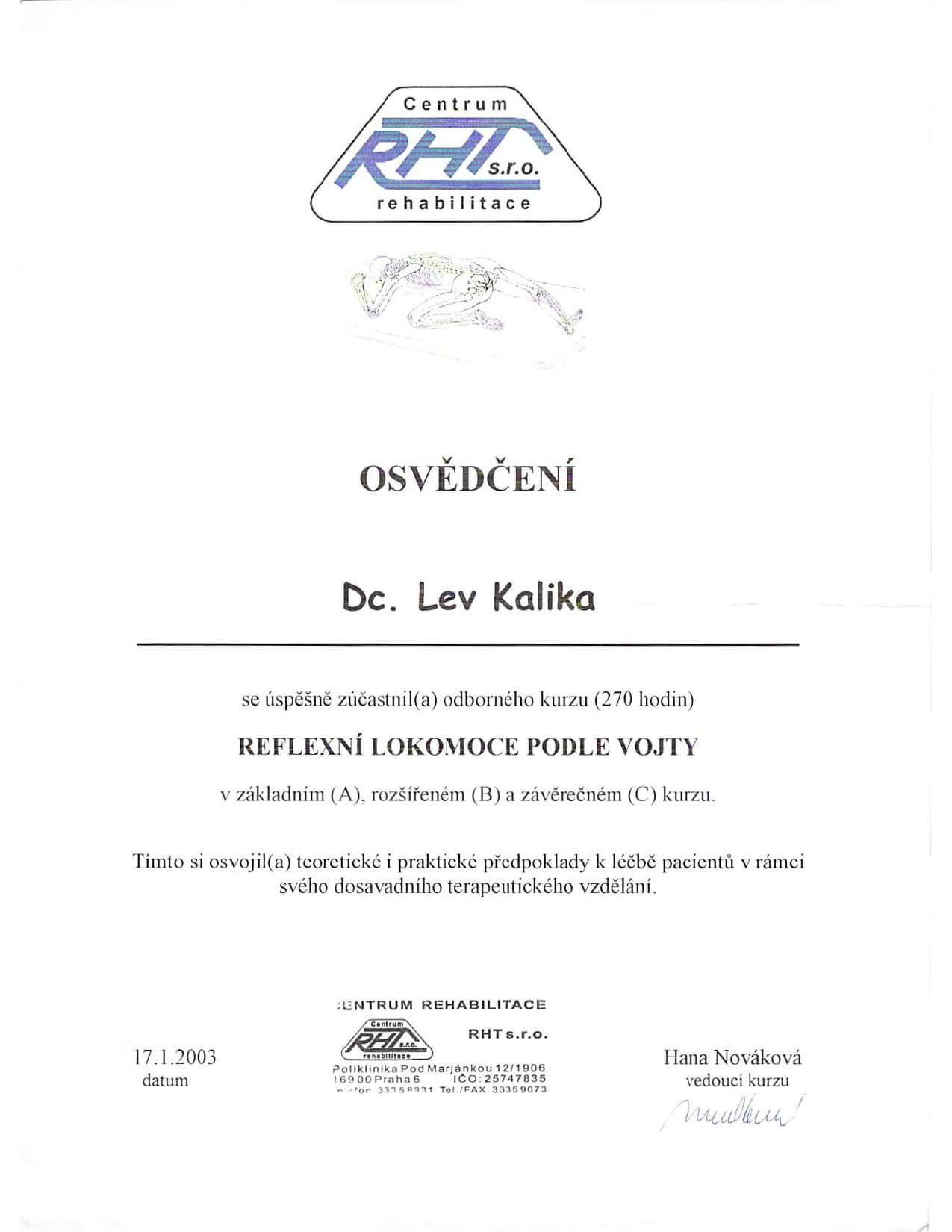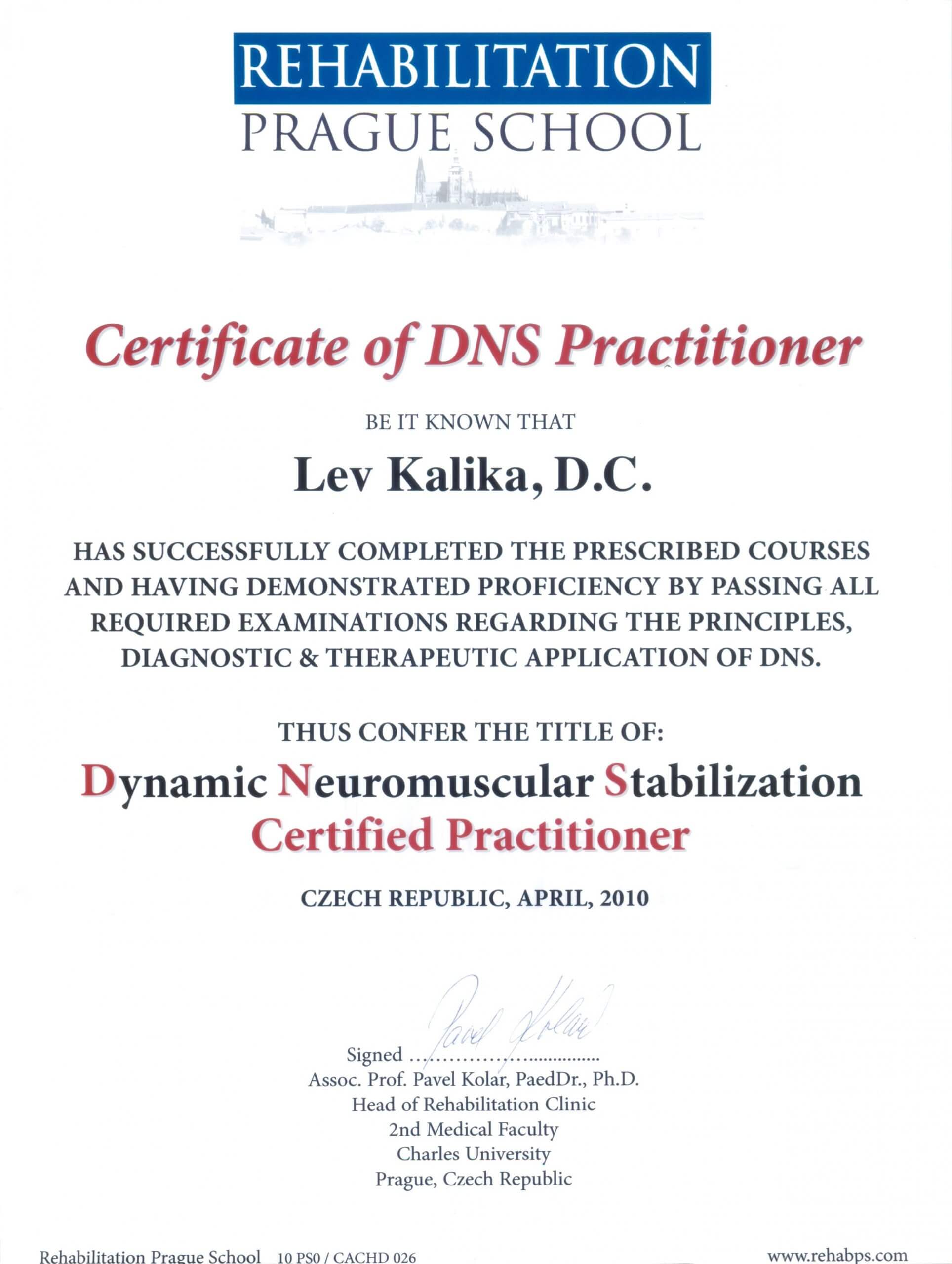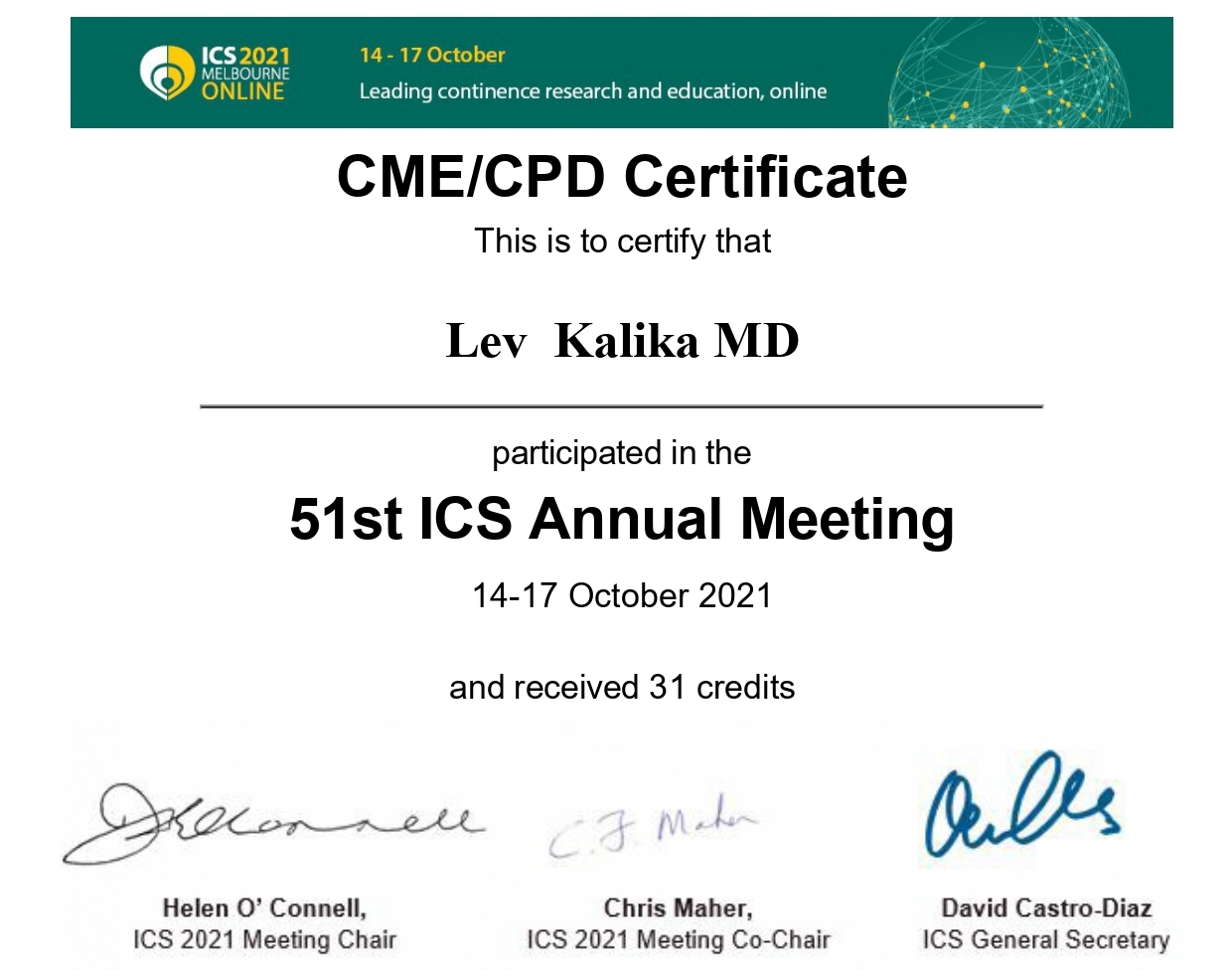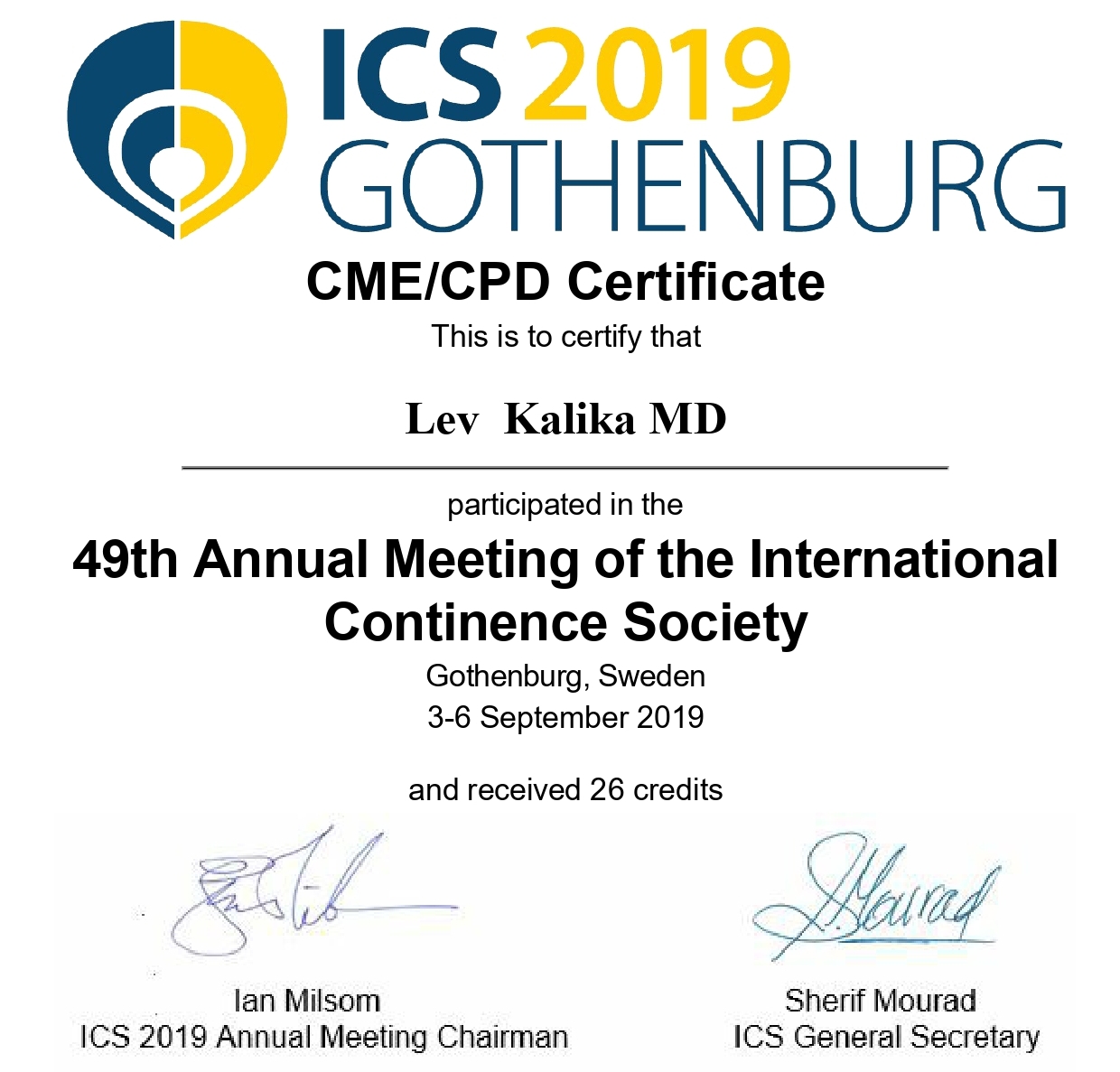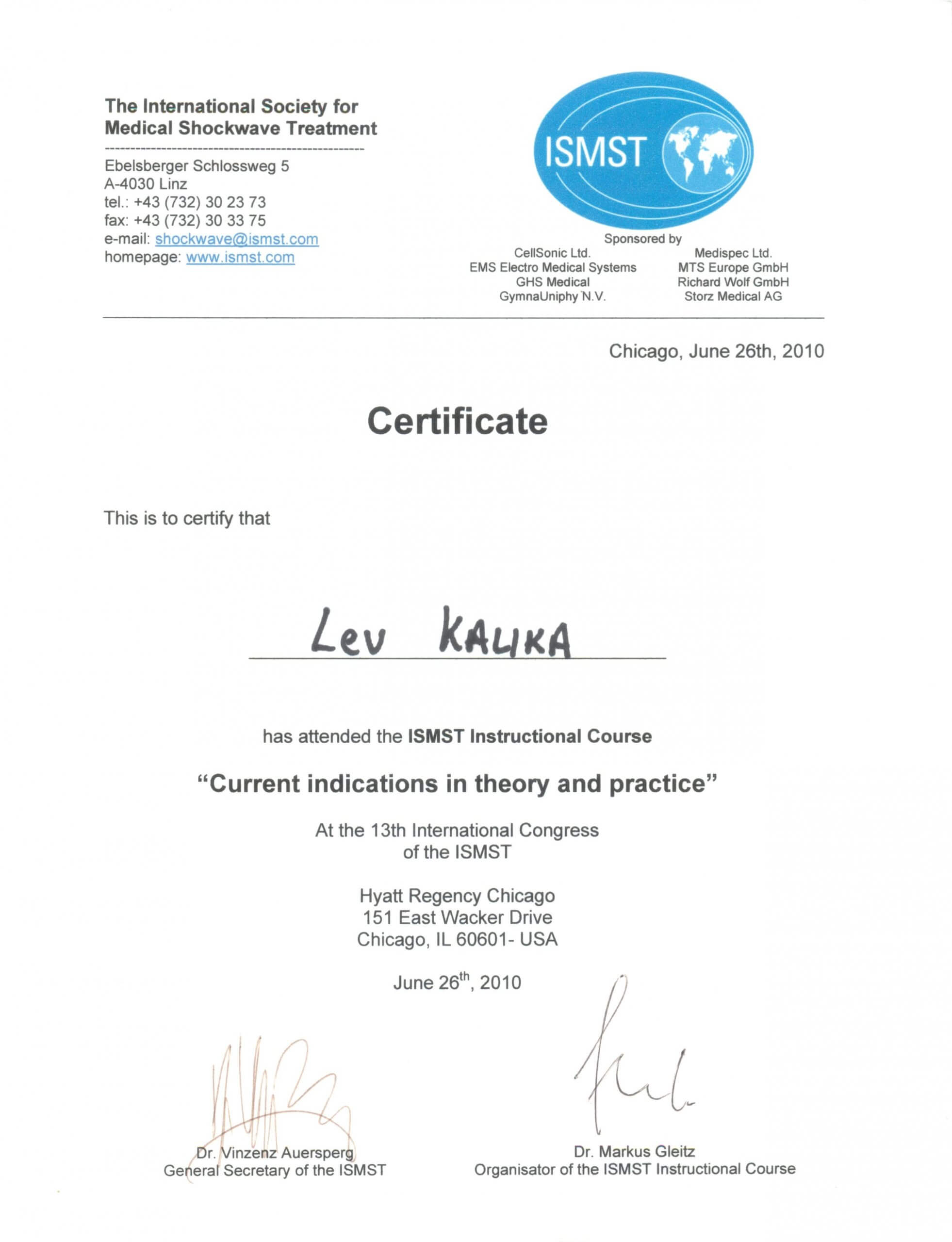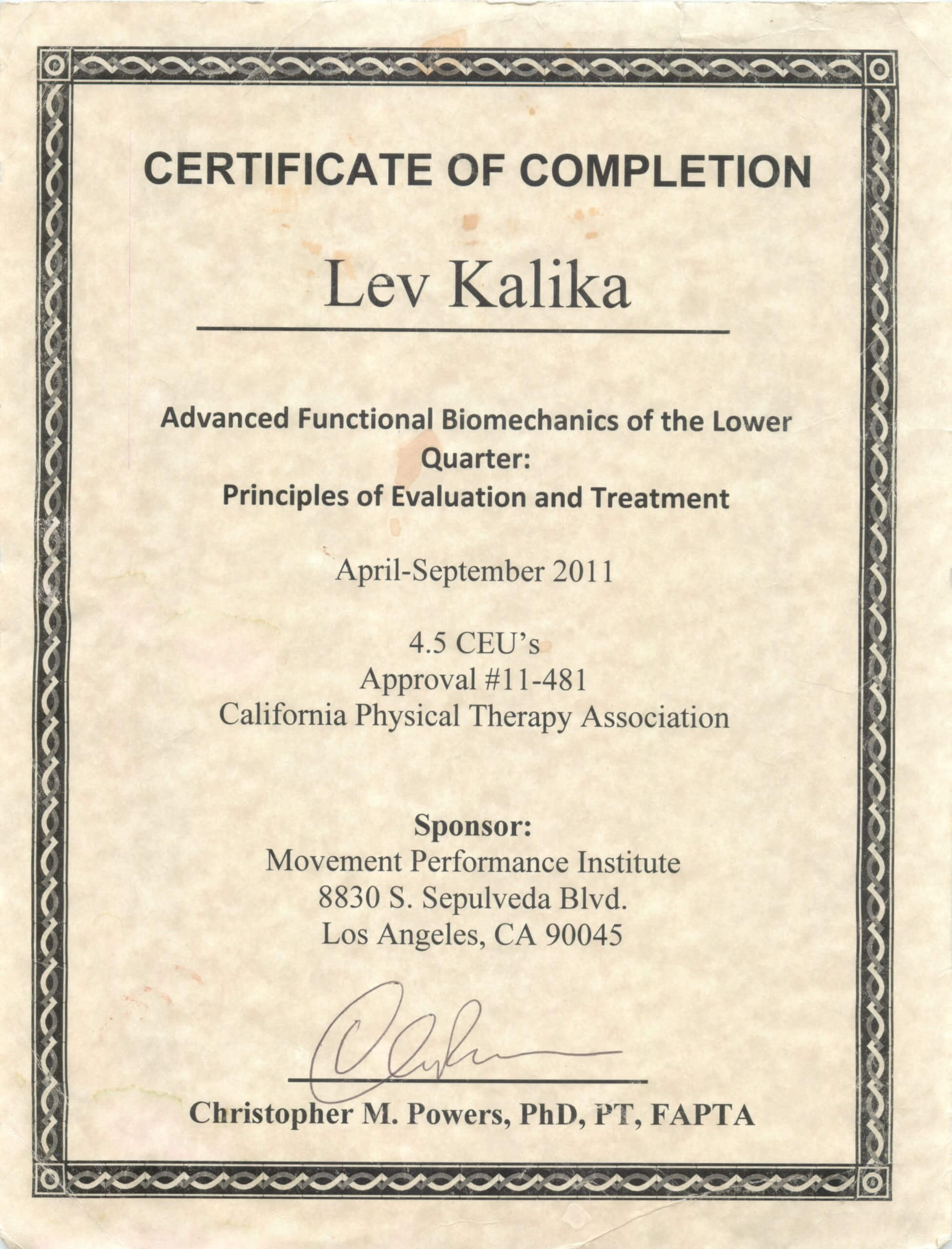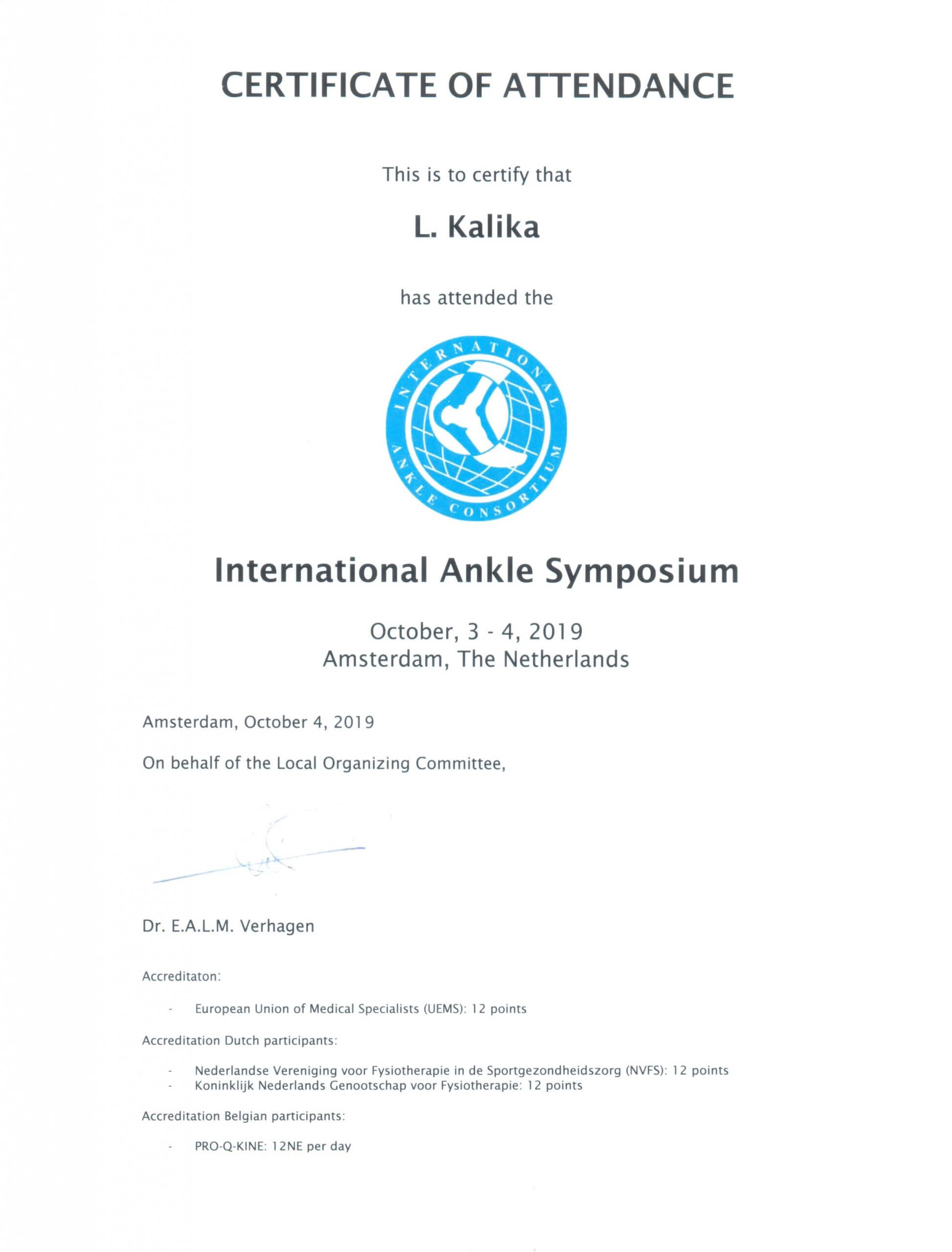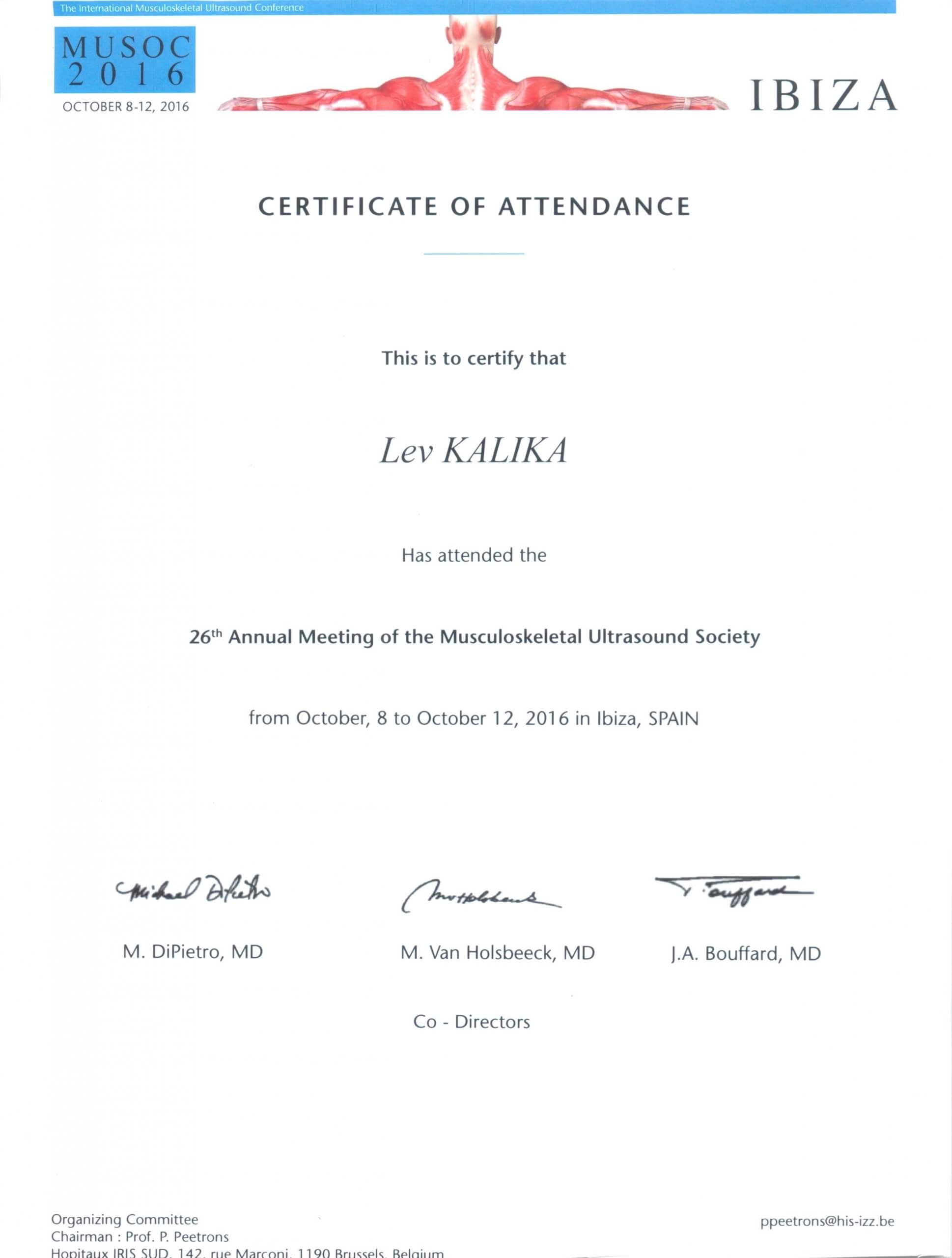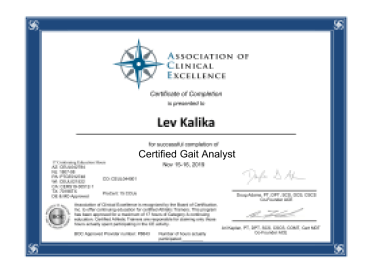Femoroacetabular impingement syndrome (FAIS) or hip impingement is usually a result of a growth of an extra bone at the hip socket. Since our bones are like a jigsaw puzzle, when this happens the joint no longer works as it should.
Hip impingement can cause extreme pain in the groin. Some of the activities that increase the pain include running, walking jumping and in some cases sitting long periods.
There have been studies aimed at finding out whether having hip arthroscopy helps the situation and gets you back to optimal performance. Though anyone can have an arthroscopy, our analysis will consider athletes. This is because athletes tend to be more active and will be a better measure of the success of the procedure.
Before we begin, we would like to discuss what happens with the studies we have reviewed. However, most of these studies have shown inconsistencies in their results. There are two main reasons for that we are going to get past to get more accurate results.
- The first problem is the definition of the result. The expectation is that the patients should go back to doing sports, but the level at which they can do sports is never clearly defined. For this study, we are going to assume that the participants in the survey go back to participating in sports at the level they were before they suffered FAI.
- The second issue is the reputation of the practitioner who performs the hip arthroscopy. When all the results for all the procedures are bunched together regardless of where they took place and who did them we aren’t going to have accurate results. We are therefore going for only the procedures in high ranking institutions by renowned physicians.
The participants in this analysis are people who have the following characteristic:
- They are between 18 and 30 years of age
- They had been participating in sports before they started experiencing hip and groin pain from FAI
- The persons have gone through a hip arthroscopy and should have gone back to their pre-injury sport.
The participants were given questionnaires to fill to help with determining how their treatment had gone and if they had the desired results.
In the beginning, there were 350 prospects. But with time the number fell to 189.
Those who did not make it to the end either did not fill in the questionnaire were not into sports before their hip and groin pain, or they had no intention of going back to participating in their pre-injury sports.
When the analysis was done, the participants fell into three categories:
- Full sports participation and optimal performance
- Full sports participation but less than optimal performance
- Less than optimal performance as well as limited participation in sports.
One thing you need to understand was that there was no evidence of the type of sport undertaken and the results. No matter which sports the participants took, they could fall into any category.
Around 29% of the participants fell into category one, 21.4 % were in category two whereas the majority which is 46.4 % had trouble going back to sports and performing well.
Out of those who reported optimal performance, only 8% had been back in the game in within six months and a year of the surgery.
While there are some who did so to avoid further injury (10%), the majority of them (90%) decided not to go back to active sports because they continually had hip and groin pain.
Final thoughts
The results above show that while hip arthroscopy can help athletes get back to their active lives, only a few of them do and even then, it may only happen after a year in recovery.


